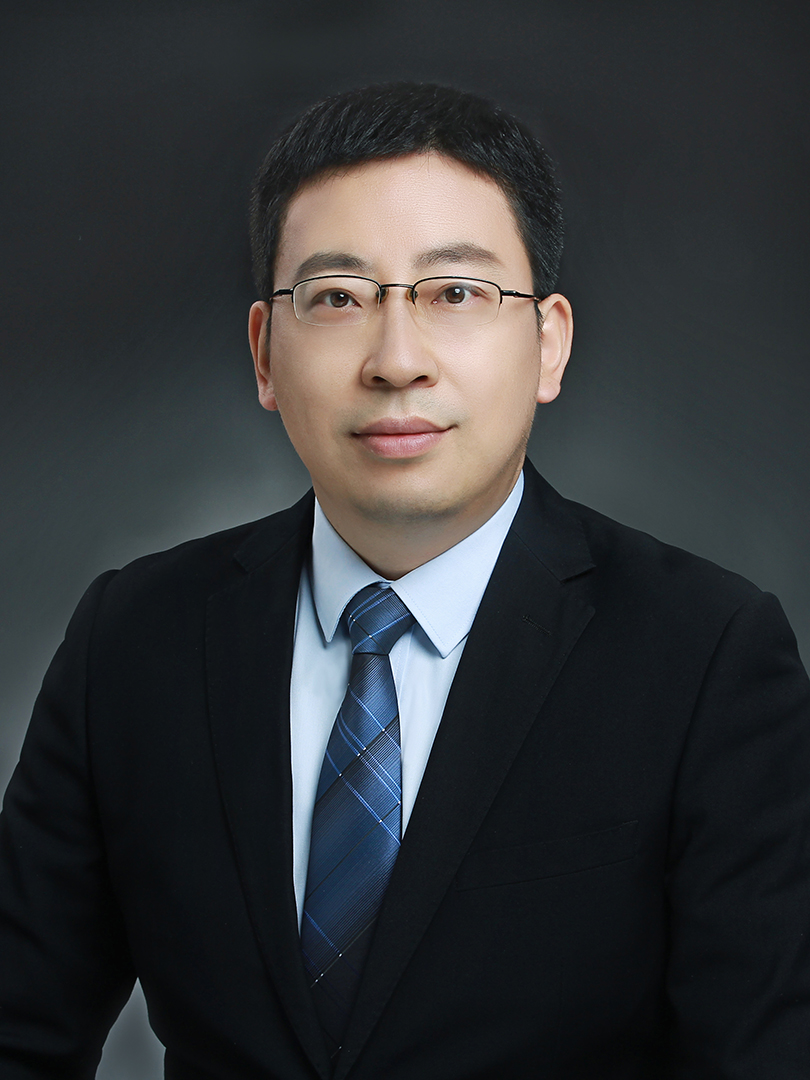

- Institute of Laser Plasma Physics
- Ultrafast Laser Physics & Quantum Coherent Control
- 021-34203865
- Room 417, No. 2 Science Building
- fhe@sjtu.edu.cn
Distinguished research fellow
Excellent young scientist fundation of NSFC
Pujiang Scholar
Fok-Ying Dong education foundation for young teachers
Dr. He focuses on the theoretical study about ultrafast laser physics and quantum coherent control of the chemical reaction.
2010.5― Shanghai Jiao Tong University, Distinguish research fellow
2008.2―2010.5 Kansas State University, research associate
2005.7―2008.2 Max Planck Institute for Physics of Complex Systems
2000.9―2005.7 Shanghai Institute of Optics and Fine Mechanics, Shanghai, China
1996.9―2000.7 Department of Physics, Beijing Normal University
Research Field
1. Molecular Image
Generally, the molecular structure is imprinted in the laser induced ionization or high harmonic generation. A new molecular imaging method is developed based on this idea recently. We are going to solve the challenging problem in such an open model.
2. Quantum Coherent Control of The Chemical Reaction
Controlling the chemical reaction is one of the exciting goals of the photochemistry and attosecond physics. The channel of the chemical reaction is due to the ultrafast movement of the electron inside the molecule. The up-to-date laser technology is able to steer the electron movement in the attosecond time scale. We collaborate with the experimental and theoretical groups in US, Germany and Australia to discover new control strategies.
3. Creation of The New Light Source
The interaction of Ti-Sapphire or mid-infrared laser pulse with molecules and atoms may radiate the XUV or THz pulse. Currently, THz is widely used in military, commerce. The ultrashort XUV pulse is the fastest camera in the world, which is used to capture the ultrafast process. We are going to find new strategies to create new light sources.
4. Pair-creation in extremely strong laser fields
By numerically solving the time-dependent Dirac equation, we study the pair-creation with extremely strong laser fields. We are excited to observe the ultrafast transition between energies and matters.
18. Xin-Yuan You and Feng He, Phys.Rev. A 89, 063405 (2014).
17. Han Xu, Tian-Yu Xu, Feng He, D. Kielpinski, R.T.Sang, and I.V. Litvinyuk, Phys.Rev.A 89, 041403(R) (2014).
16. Sen Cui and Feng He, Phys.Rev. A 88, 063412 (2013).
15. Tian-Yu Xu and Feng He, Phys.REv. A 88, 043426 (2013).
14. Pei-Lun He and Feng He, Journal of Modern Optics 60, 1713 (2013).
13. Christian Buth, Feng He, Joachim Ullrich, Christoph H. Keitel, and Karen Z. Hatsagortsyan, Phys.REv. A 88, 033848 (2013).
12. Feng He, Phys. Rev. A 86, 063415 (2012).
11. Feng He, Camilo Ruiz, Andreas Becker and Uwe Thumm, J. Phys. B (FTC) 44, 211001 (2011) .
10. Feng He and Uwe Thumm, Phys. Rev. A 81, 053413 (2010).
9. K. P. Singh, F. He, P. Ranitovic, W. Cao, S. De, D. Ray, S. Chen, U. Thumm, A. Becker, M. M. Murnane, H. C. Kapteyn, I. V. Litvinyuk, and C. L. Cocke, Phys. Rev. Lett. 104, 023001 (2010).
8. D. Ray, F. He, S. De, W. Cao, H. Mashiko, P. Ranitovic, K. P. Singh, I. Znakovskaya, U. Thumm, G. G.Paulus, M. F. Kling, I. V. Litvinyuk, and C. L. Cocke, Phys. Rev. Lett. 103, 223201 (2009).
7. Maia Magrakvelidze, Feng He, Thomas Niederhausen, I.V.Litvinyuk, and Uwe Thumm, Phys. Rev. A, 79, 033408 (2009 ).
6. Feng He, Andreas Becker and Uwe Thumm, Phys. Rev. Lett, 101, 213002 (2008).
5. Feng He, Camilo Ruiz, and Andreas Becker, J. Phys. B 41, 081003 (2008) (Fast Track Communication).
4. Feng He and Andreas Becker, J. Phys. B 41, 074017 (2008).
3. Feng He, Camilo Ruiz, and Andreas Becker, Optics Letters 32, 3224 (2007).
2. Feng He, Camilo Ruiz, and Andreas Becker, Phys. Rev. Lett 99, 083002 (2007).
1. Feng He, Camilo Ruiz, and Andreas Becker, Phys.Rev. A 75, 053407 (2007).

